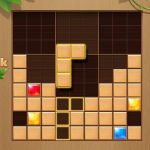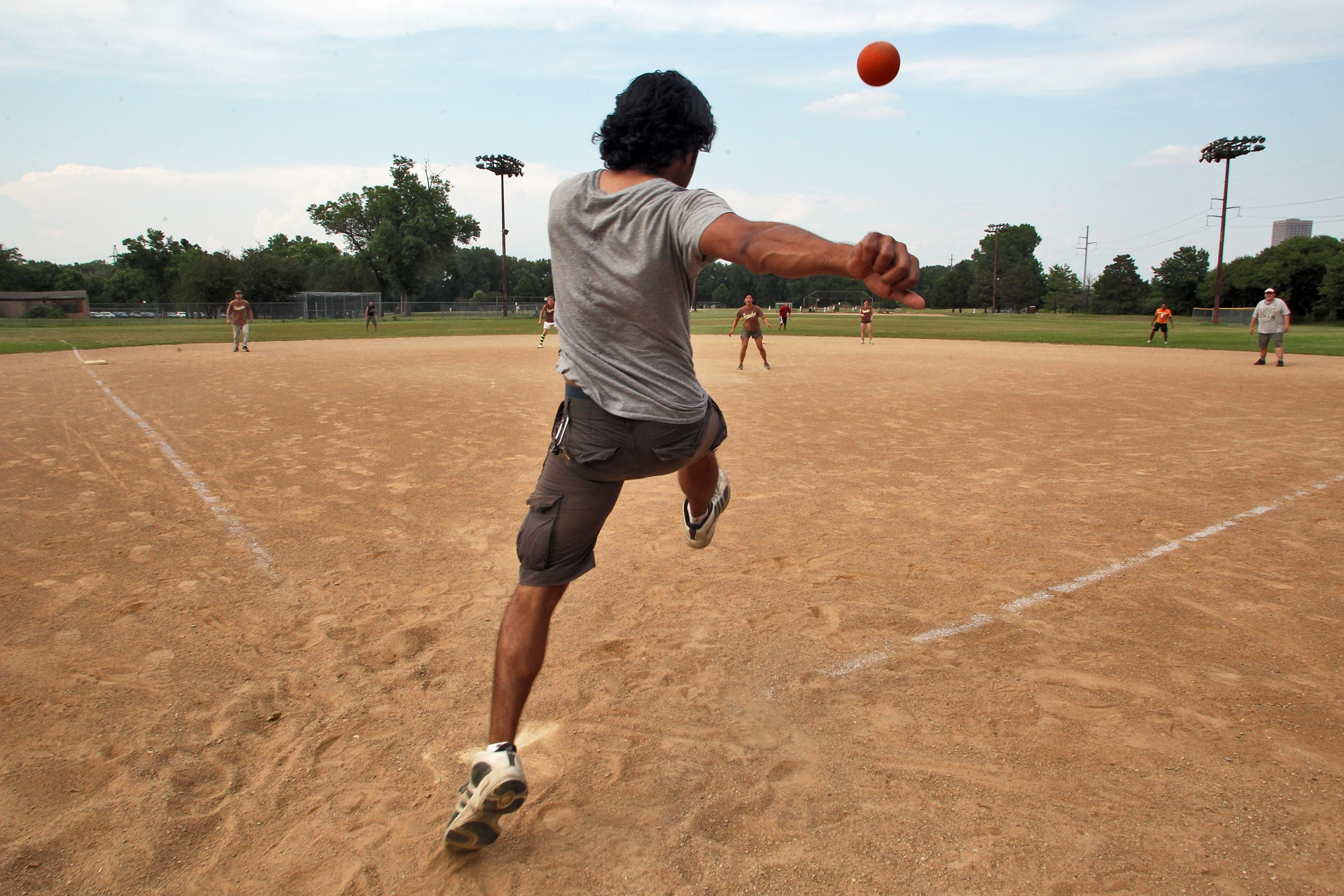Introduction
Badminton Court: Is a fast-paced, high-intensity sport that demands agility, precision, and strategic thinking. In singles play, where each player competes individually, the game takes on unique dynamics compared to doubles. The court dimensions, scoring system, and rules of play are tailored to enhance the challenge and excitement of one-on-one competition. This blog post delves into the fundamental rules of singles badminton, exploring the intricacies of court setup, service rules, gameplay, scoring, and penalties that shape the sport.
Badminton Court Dimensions And Setup
In singles badminton, the court dimensions are slightly different from those used in doubles play. The length of the court remains the same at 13.4 meters (44 feet), but the width is reduced to 5.18 meters (17 feet), compared to the 6.1 meters (20 feet) used in doubles. This narrower court width impacts the gameplay significantly, as players have less lateral space to cover and must rely more on their precision and positioning.
The court is divided by a net that stands 1.55 meters (5 feet 1 inch) high at the center and 1.524 meters (5 feet) at the posts. The boundary lines for singles are marked by the sidelines and backlines, with the singles’ sidelines being narrower than the doubles’ sidelines. The backline for singles play remains the same, creating a rectangular playing area that challenges players to adapt their strategy and movement.
Serving Rules And Techniques
Serving is a crucial aspect of badminton, particularly in singles play, where it sets the tone for the rally. The service must be executed from within the service court, which is defined by the short service line and the sideline. For singles, the server must strike the shuttlecock below their waist and ensure that it crosses the short service line and lands in the correct diagonal service box of the opponent’s court. The serve can be executed underhand or sidearm, but it must be done with the correct technique to avoid faults.
Badminton Court One key rule is that the server must not step on or over the service line during the service. If the server’s foot touches the line or goes beyond it, it results in a service fault, and the opponent is awarded a point. Additionally, the shuttlecock must be hit with the racket’s face in a downward direction, and it must not be carried or thrown. If the shuttlecock does not land within the correct service area or fails to clear the net, it is considered a service fault.

Rally Play And Scoring
Once the shuttlecock is served, the rally begins. In singles badminton, players must keep the shuttlecock in play and attempt to land it within the opponent’s court. The game is played to a predetermined number of points, typically 21, and a player must win by at least a two-point margin. If the score reaches 20-20, the game continues until one player gains a two-point lead.
Badminton Court: The shuttlecock can be struck only once on each side of the net before it must pass over to the opponent’s side. Players must position themselves to intercept and return the shuttlecock, using a variety of strokes, including clears, drops, smashes, and drives. A clear is a high, deep shot intended to push the opponent to the back of the court, while a drop shot aims to bring the opponent to the net. Smashes are powerful; downward strikes are used to finish the rally, and drives are fast, horizontal shots aimed to put pressure on the opponent.
Players must adhere to the court boundaries, and if the shuttlecock lands outside the designated area, it is considered out. The lines of the court are part of the playing area, so if the shuttlecock lands on the line, it is still in. In singles, the reduced court width demands precise shot placement and movement, as players have less room to maneuver and must be strategic in their positioning.
Rotation And Switching Badminton Court
In singles badminton, players do not switch sides during the game except during specific intervals. Players switch sides only when one player reaches 11 points in a game or when the total score reaches a predetermined interval, usually at 11 points, if the match is played under the traditional 21-point system. This rule ensures fairness by accounting for any potential advantages or disadvantages related to court conditions, such as lighting or draft.
Switching sides allows players to adapt their strategies and address any environmental factors that may have influenced their performance in the first half of the game. It also provides a brief respite for players to regroup and adjust their tactics. The player who wins the first game typically has the choice to serve or receive first in the subsequent game, adding a strategic element to the match.
Badminton Court Conduct And Etiquette
Proper conduct and etiquette are essential in singles badminton. Players are expected to display good sportsmanship, respect their opponents, and adhere to the rules of the game. Unsportsmanlike behavior, such as arguing with the umpire or showing disrespect towards the opponent, is not tolerated and can result in penalties or disqualification.
During play, players should refrain from distractions or interruptions that could affect their opponent’s performance. This includes avoiding loud noises, excessive gestures, or actions that might be perceived as unsportsmanlike. Players are also expected to call out faults and errors honestly. If a player is uncertain about a call, they should request a review if available rather than engaging in disputes.

Scoring System And Match Structure
The scoring system in singles badminton is straightforward but crucial for determining the outcome of the match. Matches are typically played in a best-of-three-games format, with each game played to 21 points. Players must win by a minimum of two points, and if the score reaches 20-20, the game continues until one player achieves a two-point lead. In some tournaments or specific formats, the scoring system may vary, such as playing to 15 points or using a different number of games.
Each game starts with a serve from one player, and the opponent has the opportunity to return the shuttlecock. Points are awarded when the shuttlecock lands in the opponent’s court or when the opponent fails to return it properly. The player who wins a game serves first in the next game, which can provide a strategic advantage, especially if the server has established a strong performance.
Badminton Court Penalties And Faults
Understanding penalties and faults is crucial for effective gameplay in singles badminton. A fault occurs when a player violates a rule, resulting in a point or serve being awarded to the opponent. Common faults include serving violations, where the shuttlecock fails to land in the correct service box or is struck above the waist. Other faults include hitting the shuttlecock out of bounds, touching the net with the racket or body, and obstructing the opponent’s play.
Penalties can also result from interference, where a player obstructs or distracts their opponent, whether intentionally or unintentionally. In such cases, the umpire may call a fault, awarding a point to the opposing player. It is essential for players to be aware of these rules and to play within the boundaries of fair competition to avoid unnecessary penalties and maintain the integrity of the game.
Advanced Strategies For Singles Play
Advanced strategies in singles badminton focus on maximizing efficiency, exploiting the opponent’s weaknesses, and employing tactical play. One effective strategy is to vary the pace and direction of shots to disrupt the opponent’s rhythm. This can be achieved by mixing high clears with low drop shots or by alternating between fast drives and slow, controlled shots.
Players should also work on their footwork and positioning to ensure they are always in the optimal position to intercept and return the shuttlecock. Good footwork allows players to move quickly and efficiently around the court, reducing the time it takes to reach and play each shot. Additionally, players should be adept at reading their opponent’s movements and anticipating their shots, enabling them to react swiftly and make strategic decisions during rallies.
Another important aspect of singles play is mental toughness. The ability to stay focused, manage pressure, and maintain a positive mindset can significantly impact performance. Players should practice techniques to manage stress, such as deep breathing and visualization, and develop resilience to handle the ups and downs of competitive play.

Conclusion
Badminton Court Singles Badminton is a captivating and demanding sport that requires a blend of skill, strategy, and athleticism. Understanding the court dimensions, serving rules, and gameplay dynamics is essential for both novice and experienced players. Adhering to proper conduct, mastering the scoring system, and avoiding penalties contribute to a fair and enjoyable competition. As players refine their techniques and strategies, they enhance their ability to succeed in singles badminton, making the game both challenging and rewarding. Whether playing for fun or competing at a high level, the rules of singles badminton provide a framework for exciting and dynamic play that continues to captivate enthusiasts around the world.










